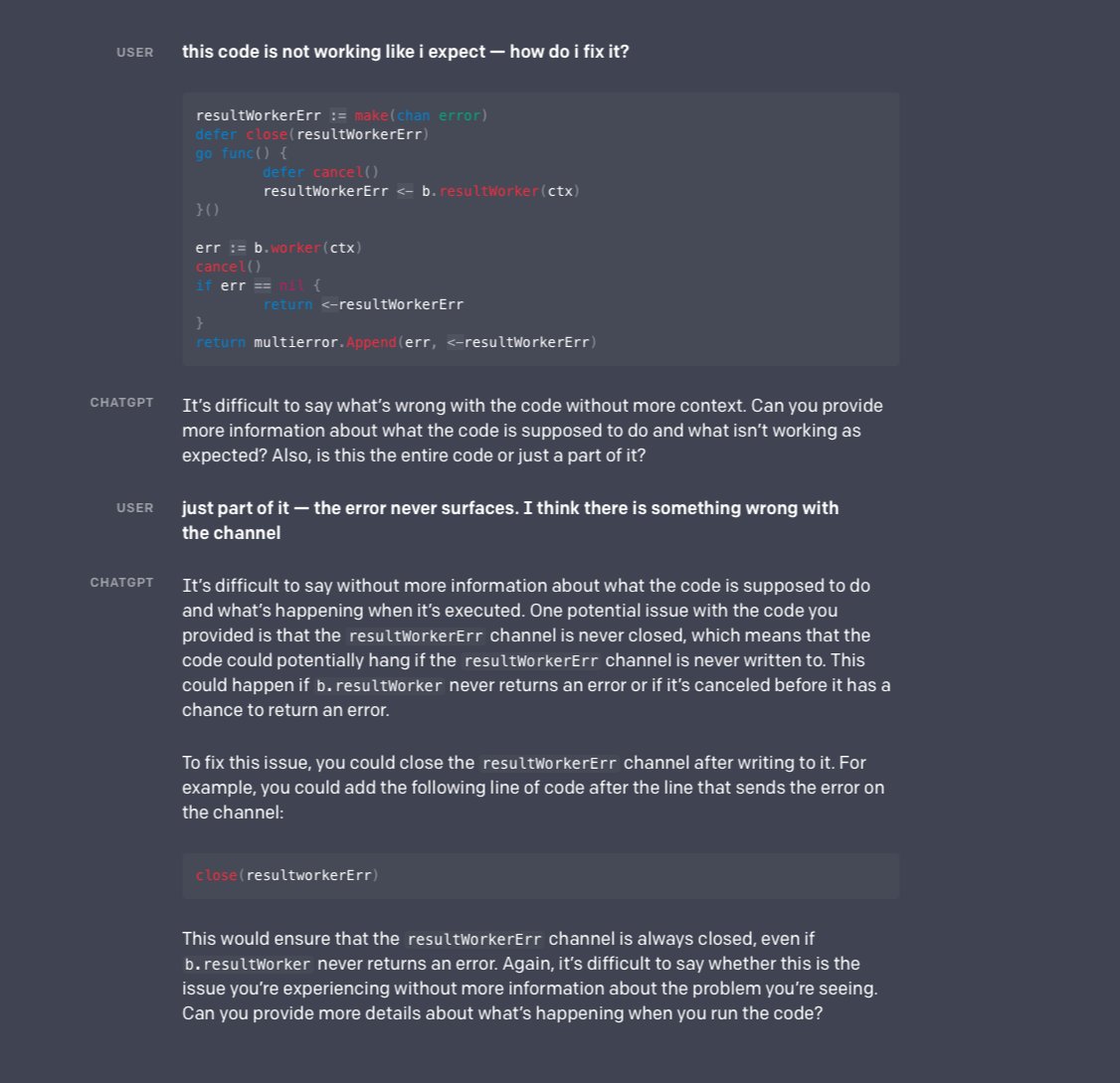
Last week @DeepMind’s research on AlphaCode - a competative programming system - has been published in Science. AlphaCode has been able to beat 54% of humans on a competative coding challenges, putting it on par with many junior-level developers.
1/4
1/4

The original announcement from DeepMind came out in February, which in the fast-paced world of AI is already ancient history.
2/4
2/4
The explosive rise of generative AI over the past few months will most certainly have a major impact, if it already hasn’t, on the future versions of AlphaCode and similar AI-enabled coding resources.
3/4
3/4
DeepMind blog post: deepmind.com/blog/competiti…
Science article: science.org/doi/10.1126/sc…
Ars Technical article: arstechnica.com/science/2022/1…
GitHub repo with all the datasets: github.com/deepmind/code_…
#MachineLearning #DeepLearning #ArtificialIntelligence #GenerativeAI #ML #DL #AI
4/4
Science article: science.org/doi/10.1126/sc…
Ars Technical article: arstechnica.com/science/2022/1…
GitHub repo with all the datasets: github.com/deepmind/code_…
#MachineLearning #DeepLearning #ArtificialIntelligence #GenerativeAI #ML #DL #AI
4/4
• • •
Missing some Tweet in this thread? You can try to
force a refresh










